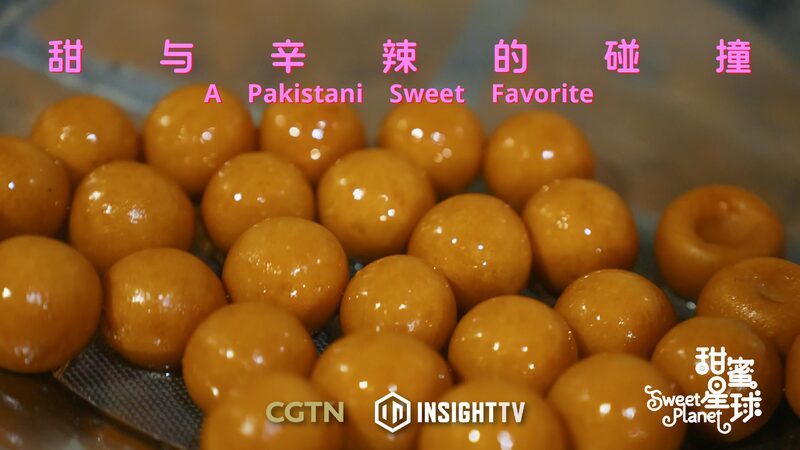Ever wondered why weddings in China are plastered with the red-and-gold ‘囍’ character? This iconic symbol, pronounced ‘*shuāng xǐ*’ (double happiness), isn’t just a decorative staple—it’s a 1,000-year-old love story 🏮❤️.
Legend has it that the symbol emerged during the Song Dynasty when scholar Wang Anshi wrote a winning exam essay using the phrase ‘*mǎ shàng fēng huǒ*’ (immediate success). Coincidentally, his marriage proposal was accepted the same day. To celebrate these twin joys, he combined two ‘喜’ (joy) characters into ‘囍’—and the rest is history!
Initially reserved for royal weddings, ‘囍’ later became a must-have for couples. Red paper cutouts adorn doors, while sweets stamped with the symbol symbolize shared blessings 🍬✨. Today, it’s even a popular emoji (#RelationshipGoals), blending ancient tradition with modern vibes.
So next time you spot ‘囍’, remember: it’s not just a character—it’s China’s timeless toast to love, luck, and doubling down on happiness! 🥂🇨🇳
Reference(s):
How did the Chinese symbol of happiness '囍' come into being?
cgtn.com




